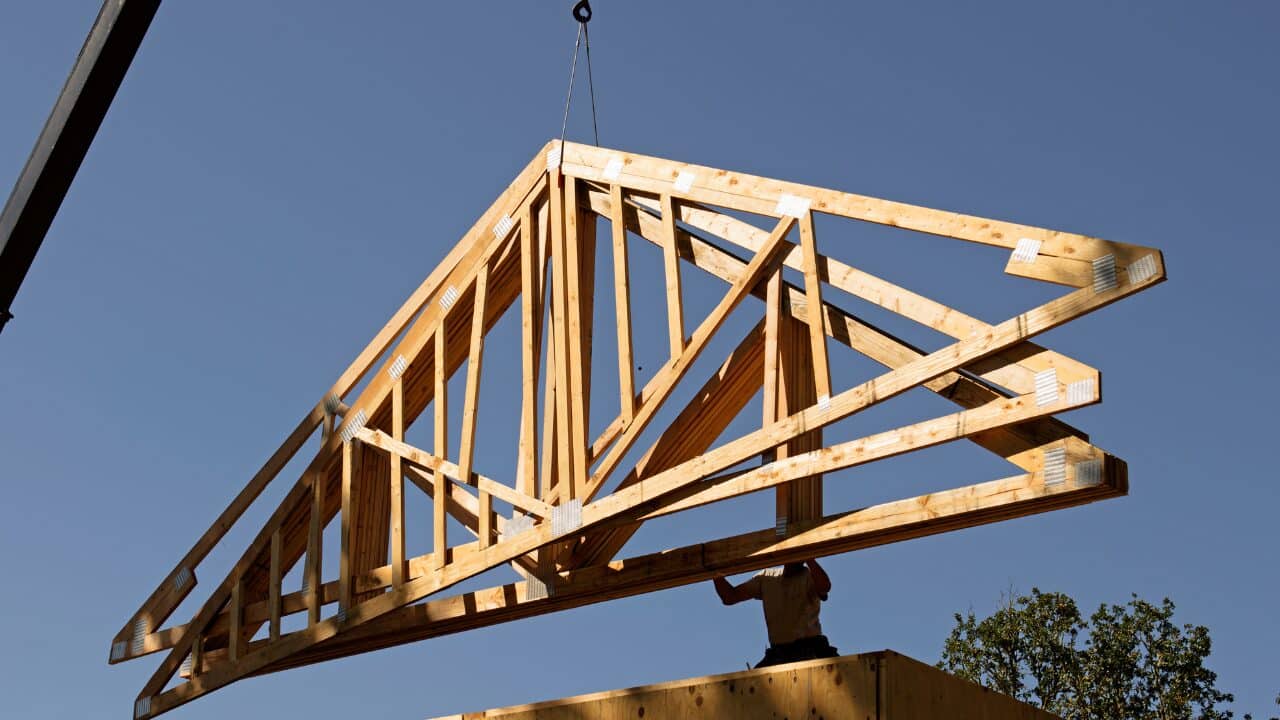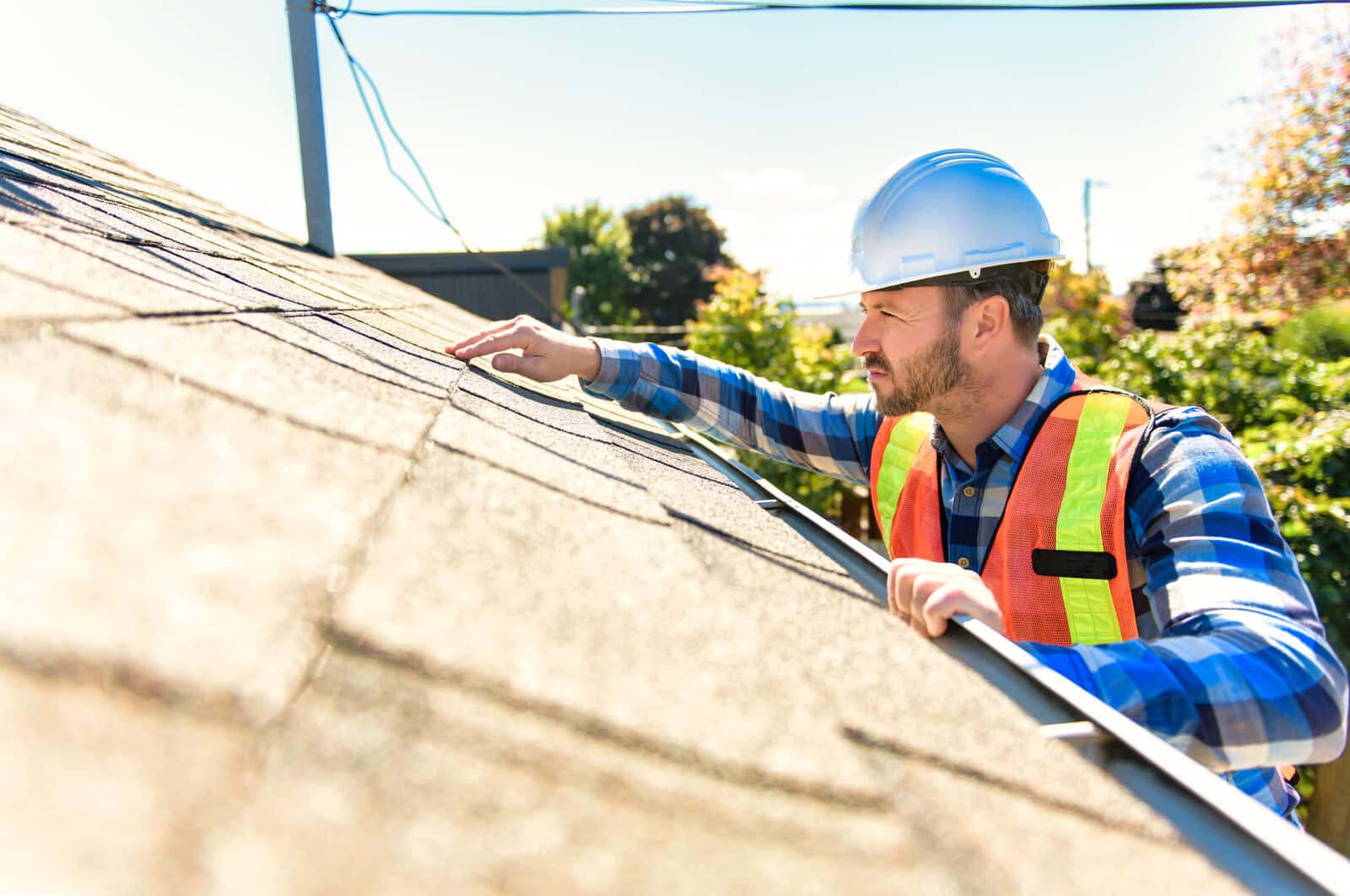When it comes to constructing a building, one of the most crucial elements is the roof. Not only does it protect the structure from the elements, but it also contributes to the overall aesthetic and structural integrity. Roof trusses are a vital component in modern construction, offering support and shape to the roof. In this article, we’ll delve into what roof trusses are, explore the different options availablwoodene for building projects, discuss the materials used in their construction, and consider the environmental impact of each material.
Table of Contents
What Are Roof Trusses?
Roof trusses are pre-fabricated, triangular wooden or metal structures designed to support the roof. They distribute the weight of the roof and other loads evenly across the walls of the building, providing a strong and stable framework. Trusses are engineered to be both lightweight and durable, making them a popular choice in contemporary construction.
Types of Roof Trusses
There are several types of roof trusses, each with its own unique design and purpose. Here are some of the most common types:
- King Post Truss: This is the simplest form of truss, featuring a central vertical post (king post) and two diagonal supports. It’s ideal for short spans and is often used in residential construction.
- Queen Post Truss: Similar to the king post truss but with two vertical posts (queen posts), this truss can span longer distances and is commonly used in larger residential and commercial buildings.
- Howe Truss: This design includes diagonal and vertical members forming a repeating pattern of triangles. It’s suitable for both short and long spans and is known for its strength and versatility.
- Fink Truss: This type has a distinctive “W” shape in its webbing and is frequently used in residential construction for its ability to support steep roofs.
- Scissor Truss: Featuring two bottom chords that intersect and rise to form an arch, the scissor truss is often used in buildings with vaulted ceilings.
- Attic Truss: Designed to create additional living or storage space, attic trusses include a built-in floor system and are ideal for homes with steep roof pitches.
Materials Used in Roof Trusses
The materials chosen for roof trusses can significantly impact the overall cost, durability, and environmental footprint of a building. The primary materials used in truss construction are wood and metal.
Wooden Trusses
Wood is the traditional material for roof trusses and timber roof trusses remain popular due to their versatility and aesthetic appeal. Common types of timber used include:
- Pine: Lightweight, strong, and widely available, pine is a cost-effective choice for trusses.
- Douglas Fir: Known for its strength and durability, Douglas Fir is ideal for long spans and heavy loads.
- Spruce: Similar to pine in its properties, spruce is another economical option for trusses.
- Cedar: Although more expensive, cedar offers excellent resistance to decay and insects, making it suitable for humid or wet environments.
Metal Trusses
Metal trusses, typically made from steel or aluminum, offer several advantages over wooden trusses:
- Steel: Extremely strong and durable, steel trusses are ideal for commercial and industrial buildings. They can span greater distances without the need for intermediate supports.
- Aluminum: Lightweight and resistant to corrosion, aluminum trusses are often used in environments where moisture and chemicals are a concern.
Environmental Impact of Truss Materials
The choice of material for roof trusses can have a significant environmental impact. Here’s a closer look at the sustainability aspects of wood and metal trusses:
Wooden Trusses
Wooden trusses are generally considered more environmentally friendly than metal trusses, particularly when sourced from sustainably managed forests. The benefits include:
- Renewability: Wood is a renewable resource, and sustainably harvested timber helps maintain forest ecosystems.
- Carbon Sequestration: Trees absorb carbon dioxide from the atmosphere, storing it within the wood even after being used in construction.
- Energy Efficiency: The production of wooden trusses requires less energy compared to steel or aluminum.
However, it’s crucial to ensure that the wood comes from certified sustainable sources to avoid deforestation and habitat destruction.
Metal Trusses
While metal trusses have a higher initial environmental impact due to energy-intensive production processes, they offer other sustainability benefits:
- Durability: Metal trusses have a longer lifespan and require less maintenance, reducing the need for replacements and repairs.
- Recyclability: Steel and aluminum are highly recyclable, and using recycled metal can significantly lower the environmental footprint.
- Structural Efficiency: The strength of metal allows for more efficient use of materials, potentially reducing the overall material required for construction.
Conclusion
Choosing the right type of roof truss involves careful consideration of the building’s requirements, budget, and environmental impact. Wooden trusses offer a traditional, renewable option with a smaller carbon footprint, provided the timber is sourced sustainably.
Metal trusses, while more energy-intensive to produce, provide exceptional durability and recyclability. By understanding the different types of trusses and the materials used, architects, building designers, and builders can make informed decisions that balance performance, cost, and environmental responsibility.





